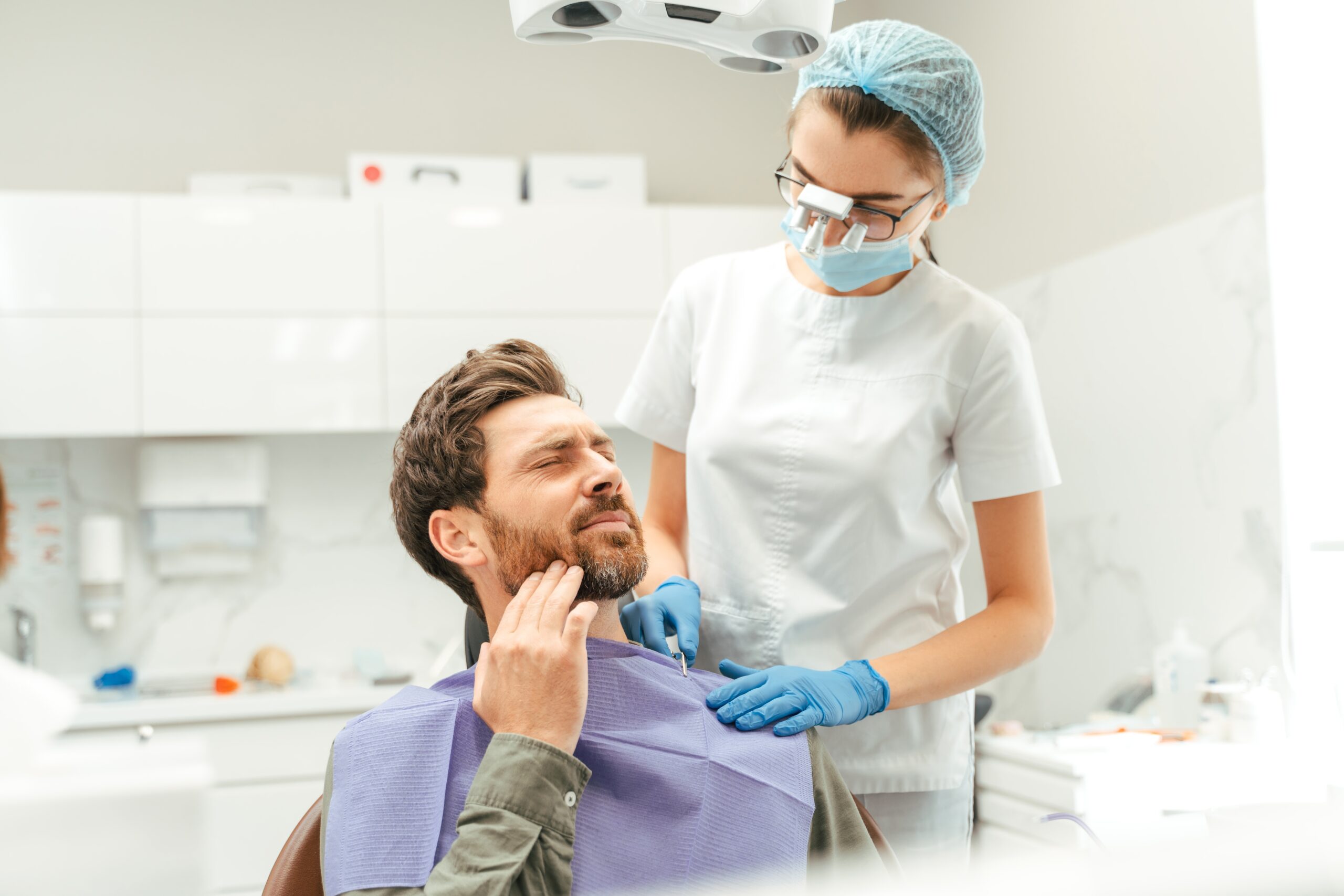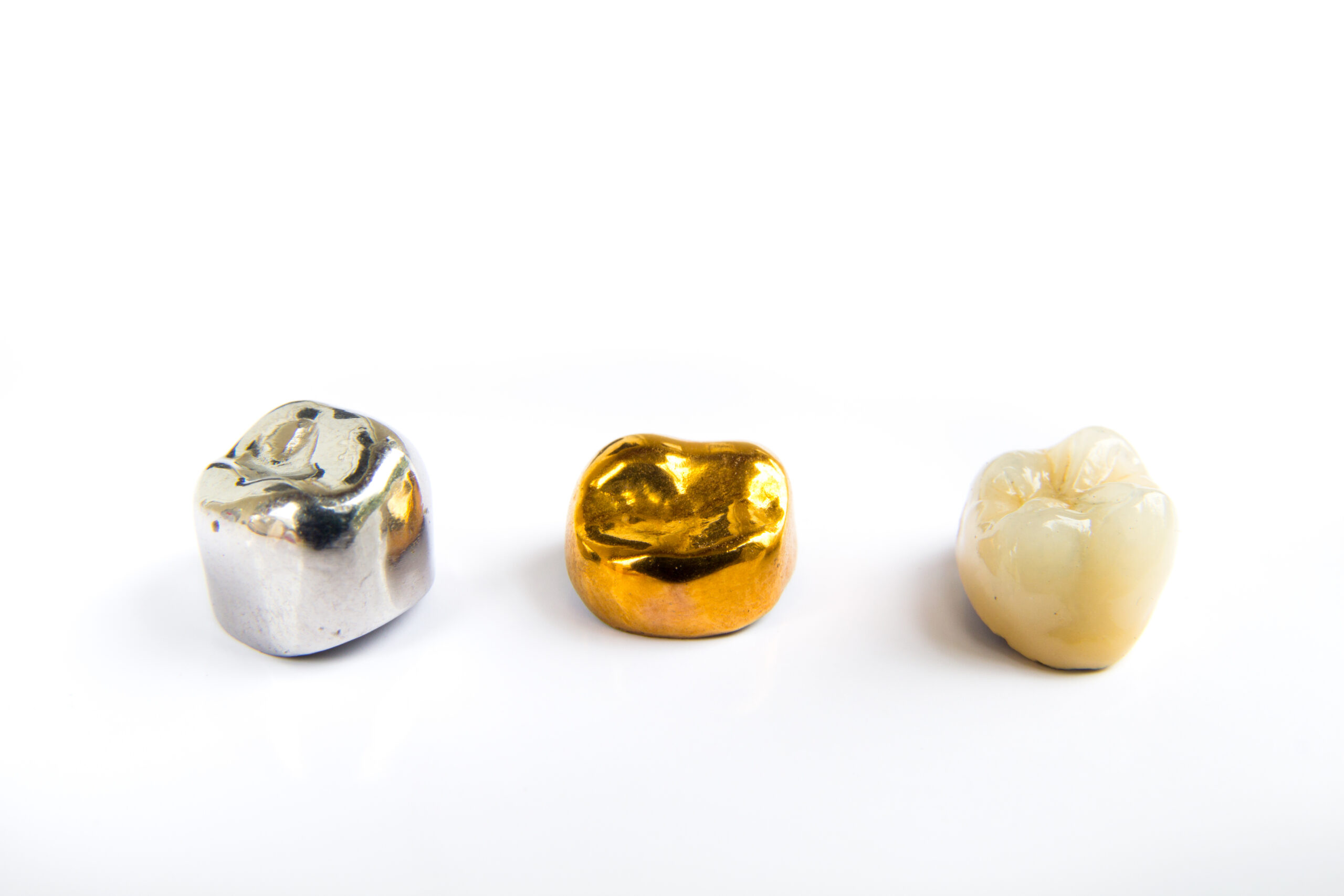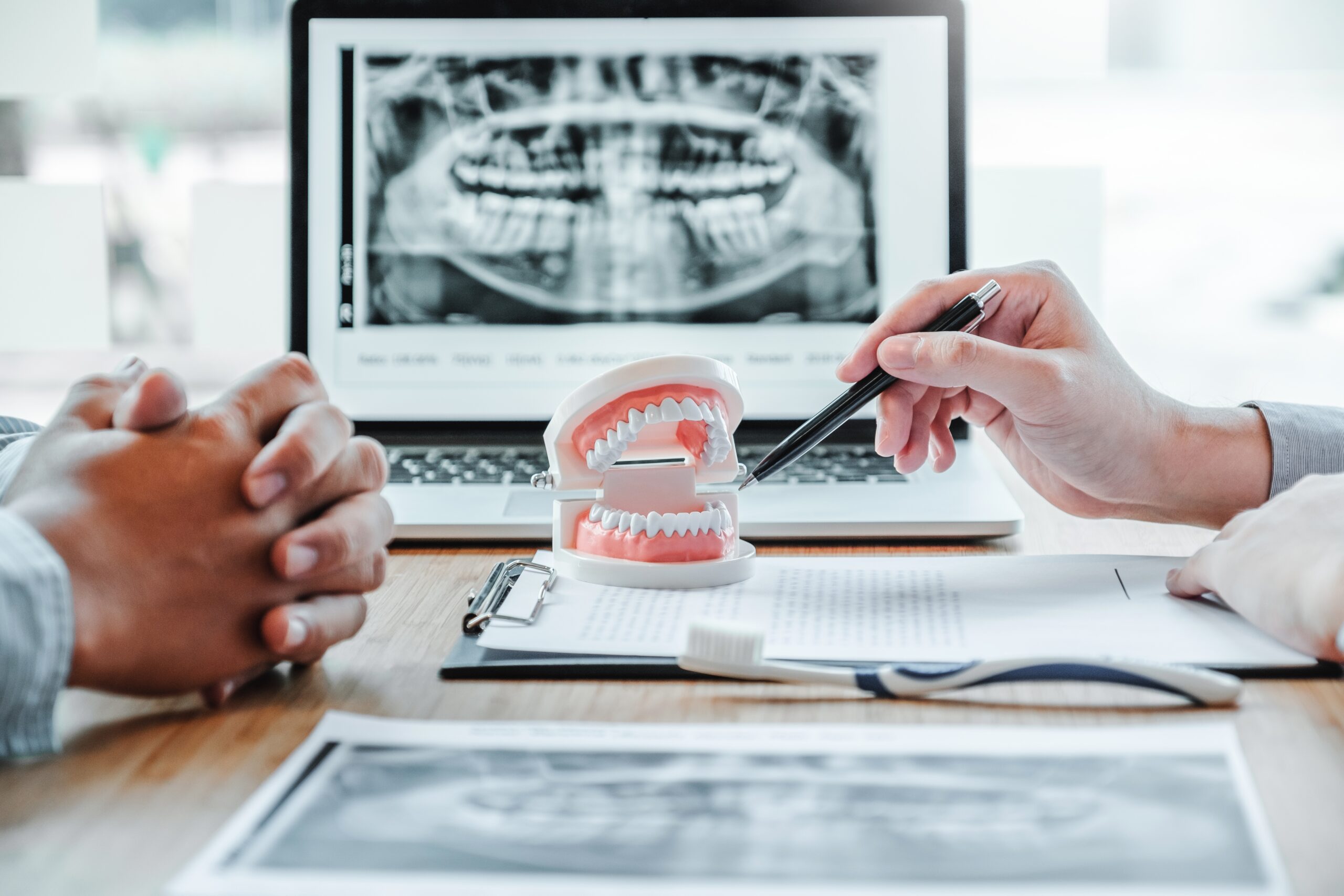Leading Patients with Simple Questions
By David R. Rice, DDS
I travel a lot for speaking engagements and often ride to and from the airport using Uber. As I make small talk with the drivers, inevitably they ask what I do for a living. One day, as I shared that I was a dentist, the driver said, “I’m finally straightening my teeth with those aligners.”
I thought, “Okay, he’s either seeing a dentist or he’s doing this thing on his own.” Either assumption would’ve potentially painted me into a corner, so instead of assuming, I asked a simple, yet leading question: “Good for you. Is your dentist happy with the progress?”
Leading questions like that help us walk a patient down the path we want. His response was, “Wait a second, this should be done with a dentist?”
With one question, I got to the heart of the matter. From there, I responded and asked a series of simple (and again leading) questions: “Yes, seeing a dentist helps to know if you are a good candidate to move your teeth at all. How is the health of your mouth? Are your gums healthy? Do you have any cavities?”
Now he was thinking, “Wow, not only should I be going to the dentist but there are things that could go wrong.”
I asked him one more simple set of questions: “Would you like to know basic things that could go wrong? Or would you like to know what might really go wrong and harm you?” He, of course, wanted to know what could harm him.
Simple, leading questions get to the point. So, when restoring a patient, I think about the simplest questions to ask to understand what the patient understands, what the patient really wants, and why. In short, I want to know what matters most to them and connect that to the dentistry I know they need. As an example, I might ask, “Do you want to replicate mother nature when we restore that tooth, or do you want to improve upon mother nature? Would you like to discuss preventing future problems that will save you time and money or just focus on today’s problems?”
These leading, simple questions prompt a response that enables me to determine if the patient wants just a slice of pizza—say a crown, the patient wants the whole pie—an optimal smile, or the patient wants something in between. Based on that input, I know how to best have a great conversation with the patient—a conversation the patient will appreciate and through which I can earn more trust.
Related Course
Surgically Facilitated Orthodontic Therapy
DATE: October 10 2024 @ 8:00 pm - October 10 2024 @ 9:00 pmLocation: Online
CE HOURS: 1
Date: October 10, 2024 Time: 8 – 9 pm ET Speaker: George Mandelaris, DDS, MS COURSE DESCRIPION Patients seeking ideal esthetics may require a more sophisticated diagnosis and treatment plan…
Learn More>

















